Analysis
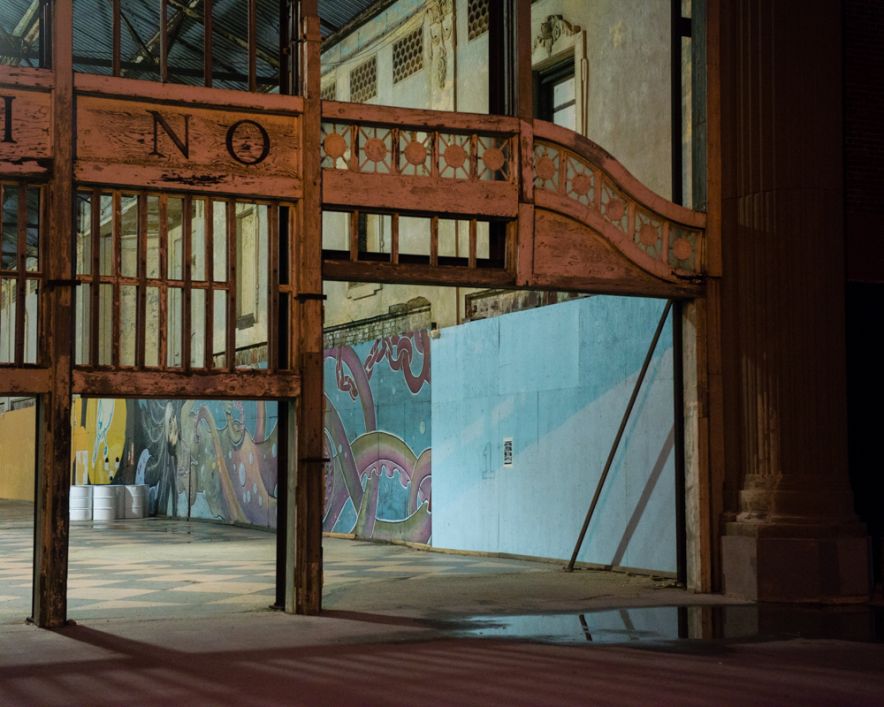
Atlantus: Ways of telling a Story
The story told through Atlantus is viewable as a newspaper as well as a pop up display. The images are by Martin Toft and the text is written by Gareth Syvret. The story basically explores the relationship between Jersey and New Jersey, two places; (Old) Jersey a small Island in the British Isles and the other, New Jersey, the 11th Most Populated U.S. State. Toft tells a narrative of this relationship between the themes, places, cultures and peoples of both places, which began 350 Years ago when Jerseyman Sir George Carteret, went over to America and found the territory of New Jersey which later became the State of New Jersey after US independence in 1776.
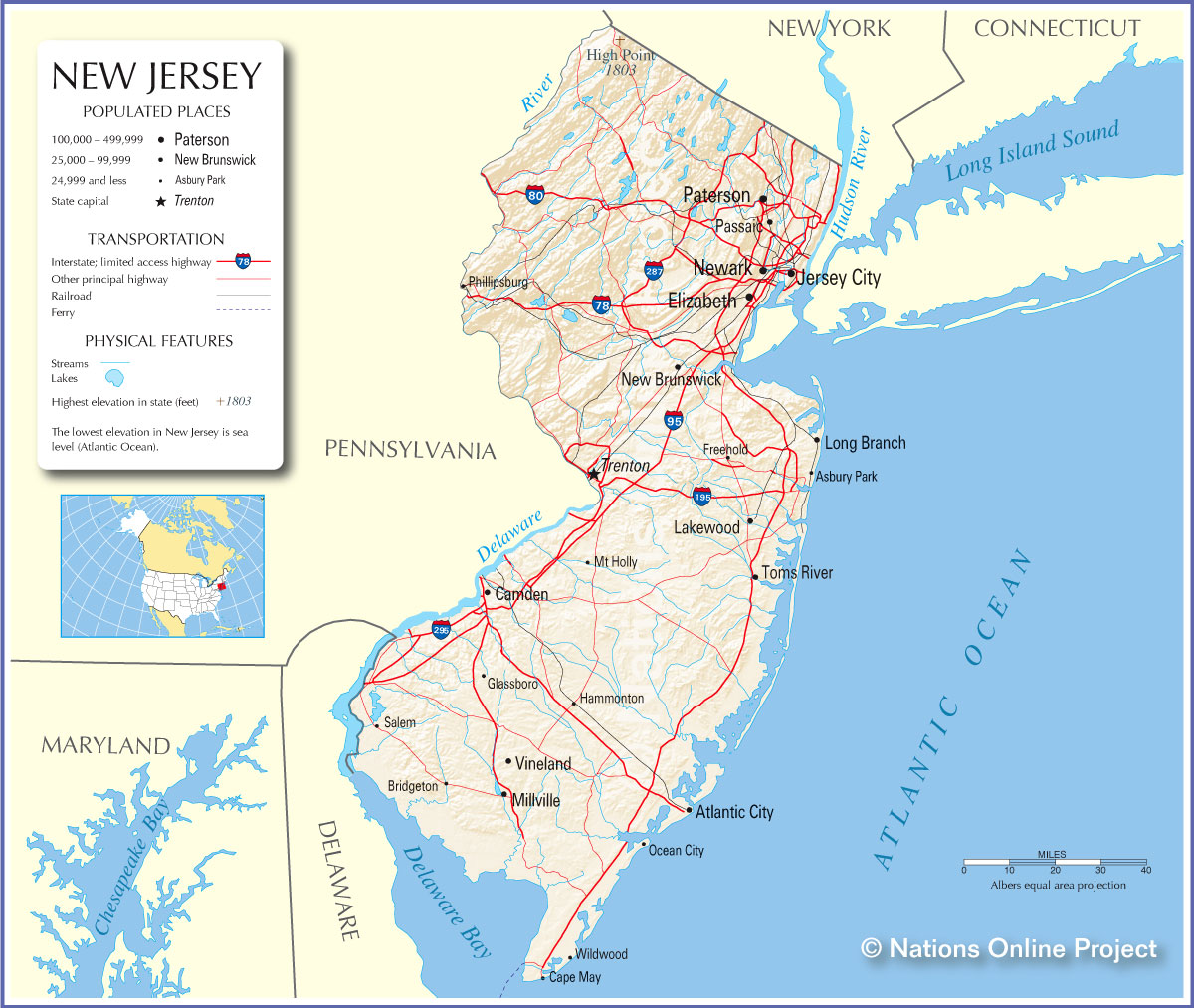
Text
Syvret’s writing is incorporated into ‘Atlantus’ in order to guide the reader through Toft’s visual story. Each of the five stories are accompanied by a large body of text, approximately 5-6 paragraphs which explain in detail each of the five themes. The introduction by Syvret explores the context and historical value of each of the themes. Small paragraphs of text are also included to explain and add a written narrative to each of the individual images. Text is effectively an aid that Toft uses in ‘Atantus’ to enable to viewer to be better informed of what is being shown. The story would not be able to develop if the text did not act as a bridge. Additionally, image annotations help to link images together. For example in ‘Precious Galinthia’, Toft looks at how the Jersey Cow links New Jersey and Jersey together. The text in this instance, helps to establish a relationship between different images by linking it to a particular storyline/context.
Symbolism
A lot of the meanings that Toft draws into the story are subtle. Toft uses symbolism to develop the storyline and link images together. His meaning are implicit and must be interpreted by the viewer. A form of symbolism used is connecting different images to a common theme. For example in one of the stories, Toft explores the connection of horses in Jersey and New Jersey through three very different images, related to this theme. However it is done in a very subtle and poetic way, whereby the connection is not overly obvious. Over time the story is linked together through images relating together and each time, exploring slightly different themes. The text helps to distinguish these ideas properly.
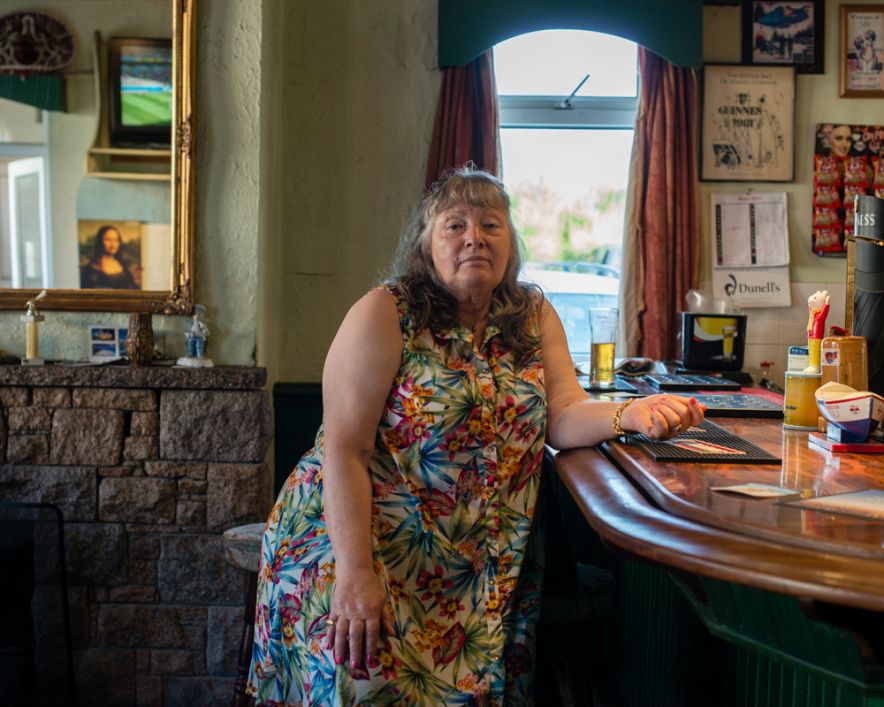
Toft was required to work with people he had not met before, often visiting them many time to gain their trust and to get the right photos, this simply can’t be done in one shoot.
There are three photographic styles that Toft includes to tell to story in ‘Atlantus’, in addition to archival photographs ; ‘Portraits’, ‘Still-Lifes’ and ‘Landscapes’
Portraits
Toft uses portraits as a way of exploring the people that live on both sides of the Atlantic. Toft experiments with different aspects of portraiture, ranging from formal tableaux style photographs of political leaders, for example the Mayor of Carteret, to informal candid style images of subjects engaging in activities. Portraits are used to illustrate the human impact regarding particular themes.
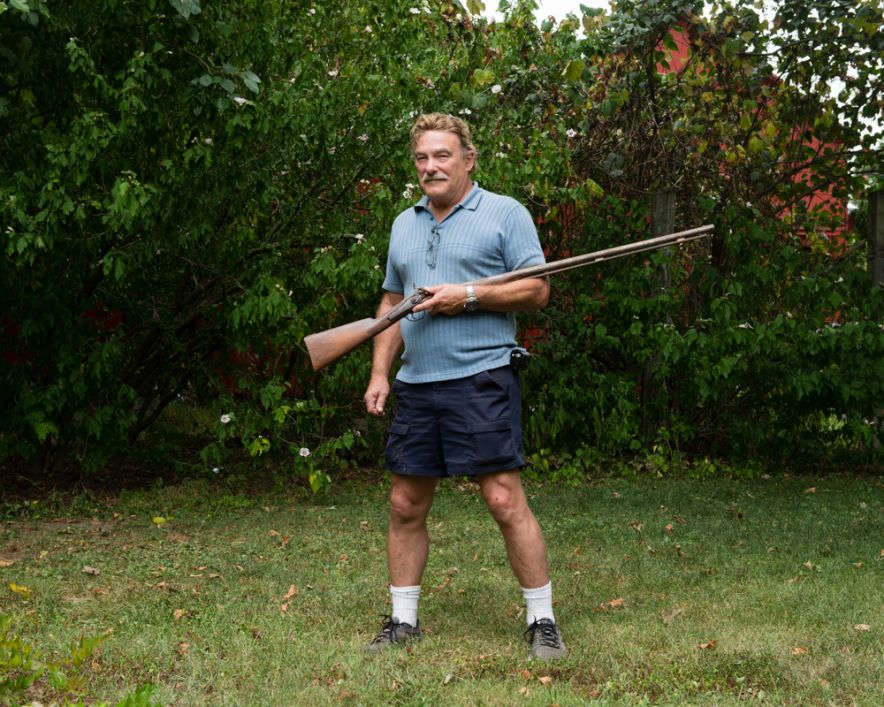
Portrait: Ted Johnson, August 21 2014
Still-lifes
Still-lifes are close-ups of any type of object, images which are not usually photographed for aesthetic purposes. They are an effective way to record and document. Toft uses still-lifes throughout ‘Atlantus’. For example, in the specific story also entitled ‘Atantus’ Toft Photographs the archival records of Sir George Carteret at St Ouens Manor Library. These type of photographs have no aesthetic value, but are merely a form of visual documentation which help to illustrate the context of the storyline
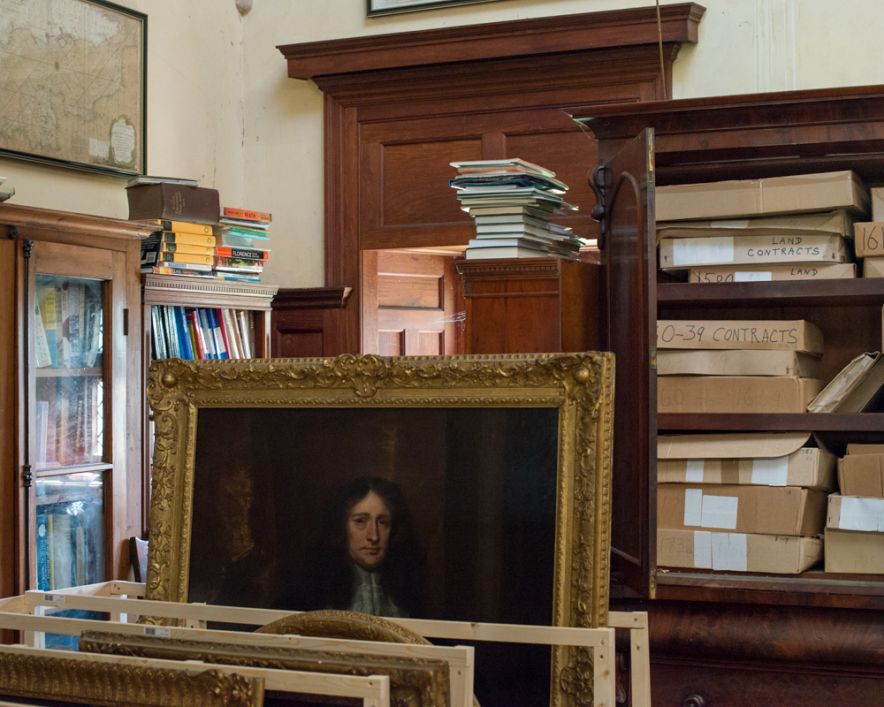
Still-life of the Library of St Ouens Manor, April 9 2014
Landscapes
Landscapes are included by Toft in order to show to geographical relationship that Jersey and New Jersey share i.e. coastlines, beaches, landmarks and buildings. The story ‘The Transoceanic Journey’ specifically looks at the geographical similarities and differences of the two locations, and so incorporates many different landscape shots in order to illustrate this connection
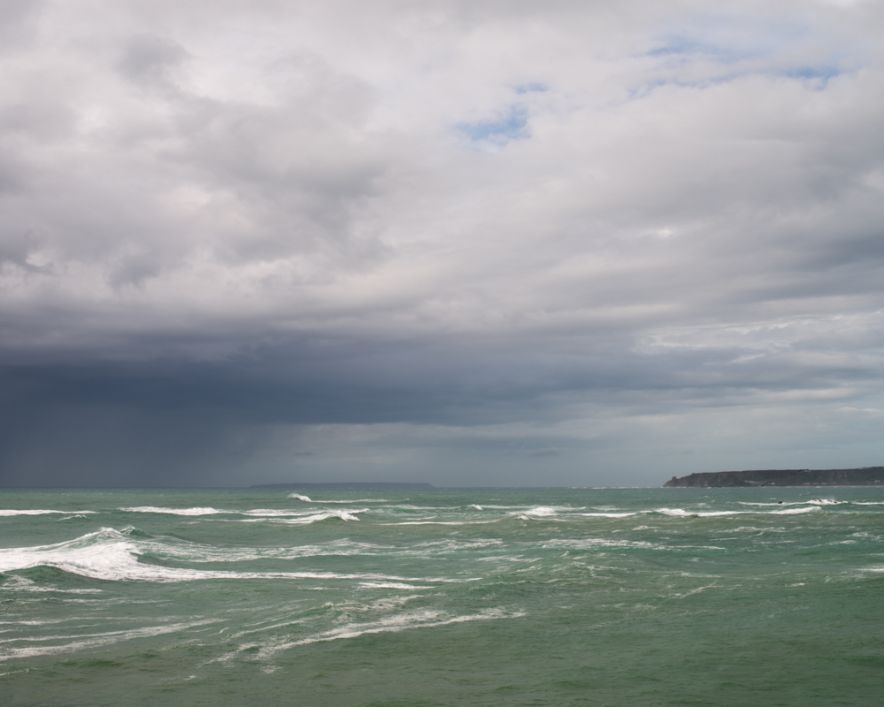
Landscape: Atlantic Ocean April 14 2014
Archival Photographs
Toft uses archival photographs as a key component of the narrative. Archive photos are key in highlighting the different themes and context. A great deal of Syvret writing is influenced by the types of archival photographs. These type of images help to direct the narrative back to a historical/contextual basis. In terms of storytelling, I find archives photo are a very good means of providing evidence of a theme, and help to shape the way the viewer conceives the photographer own images.
Context
Artists that have influenced ‘Atlantus’
Alex Soth; images which tell and interesting story about communities
Mikael Subozty; historical/cultural documentary; conceptual forms of presenting his work – videos, slideshows, voice recordings etc.

Steve McCurry; powerful images with strong, deliberate composition to enhance level of drama; close-up portrait images
Robert Frank; observed candid shots
Martin Parr; close-up/still-lifes

Style
‘Atlantus’ is a form is social documentary. Toft’s main focus within ‘Atlantus’, is to explore the different relationship between the people Jersey and New Jersey. All non-portrait images, ‘still-life’, ‘landscapes’ and archival images each time relating this directly back to the study of people. Toft explores the sub-genre of community within the project. He is photographing from a completely outsider perspective, and was required to gain the trust of the people he photographed and worked with.
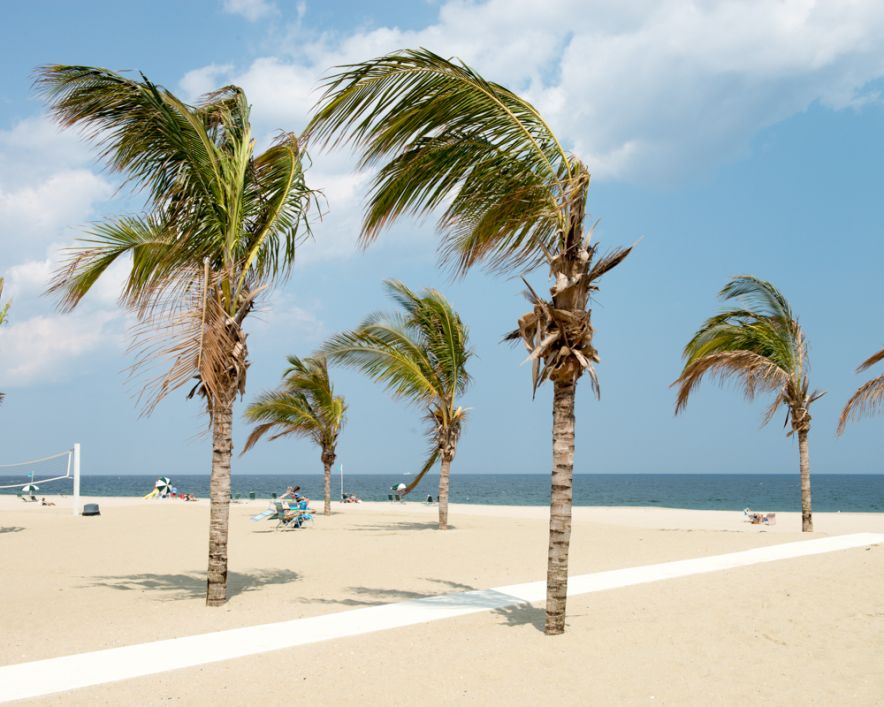
What I like about ‘Atlantus’
The layout of ‘Atlantus’, both as a newspaper as well as a pop-up display I find to work very well, it is a very innovative and creative concept. In particular I like the pop-up display because it is very different and unusual. The pop-up display has many advantages; firstly it allows all of the images of the narrative to link to as a visual newspaper. Secondly, it is very user friendly and the simplistic format of newspaper that the photographs are printed means that the viewer is able to easily view what is shown without it appearing too intimidating, which can sometime be the case. Lastly, it is very cheap to produce in comparison with printing and framing photographs. This allow ‘Atlantus’ to be printed in mass and distributed to many more areas than an exhibition would enable, meaning that the story can be spread across a wider distribution. The purpose of ‘Atlanus’ is to connect the two places together and so a compact newspaper format I believe is most effective in doing so.
I also like Toft’s use of poetic gestures to connect images. This idea is very subtle and makes the viewer use their own initiative to so e degree to connect the theme. This sense of openness to the images, contextual interpretation makes the narrative more viewer interactive and friendly
What I didn’t like about ‘Atlantus’
The way the newspaper was packaged means that it has been folded into 4. The images are display horizontally, means that in many of the images there is a crease. I find that this disrupt the visual flow of some of the images, and is quite noticeable. When newspaper material is exposed to light it changes colour, turning a yellowish colour, a problem mainly when a pop-up display is created. This can affect how easy the images and text are viewed. At the same time however it can create is vintage effect to the newspaper which I would say is more effective as a newspaper format. I don’t like how the structure of the narrative works in some aspects when viewable as a newspaper. On the first page of ‘The Transoceanic Journey’ for example; there is half a photograph of debris displayed. When viewable as a pop-up display the full image is shown, however the newspapers layout means that in many cases, larger images which take up more than one page in size cannot be fully viewable. This I find, can be very confusing and makes the narrative, to a degree, somewhat difficult to follow.
http://www.phmuseum.com/grant/martintoft/atlantus-jersey-new-jersey
